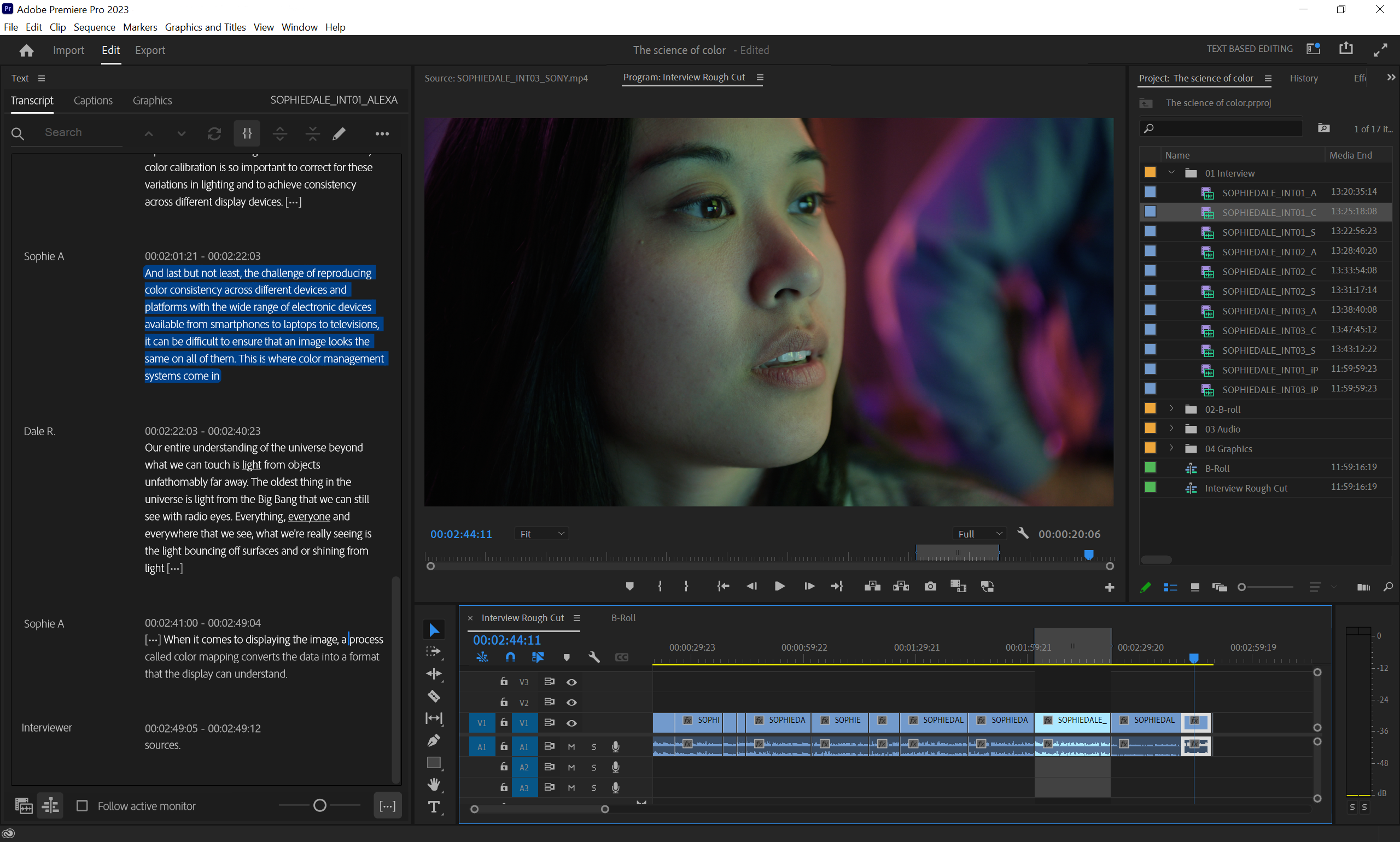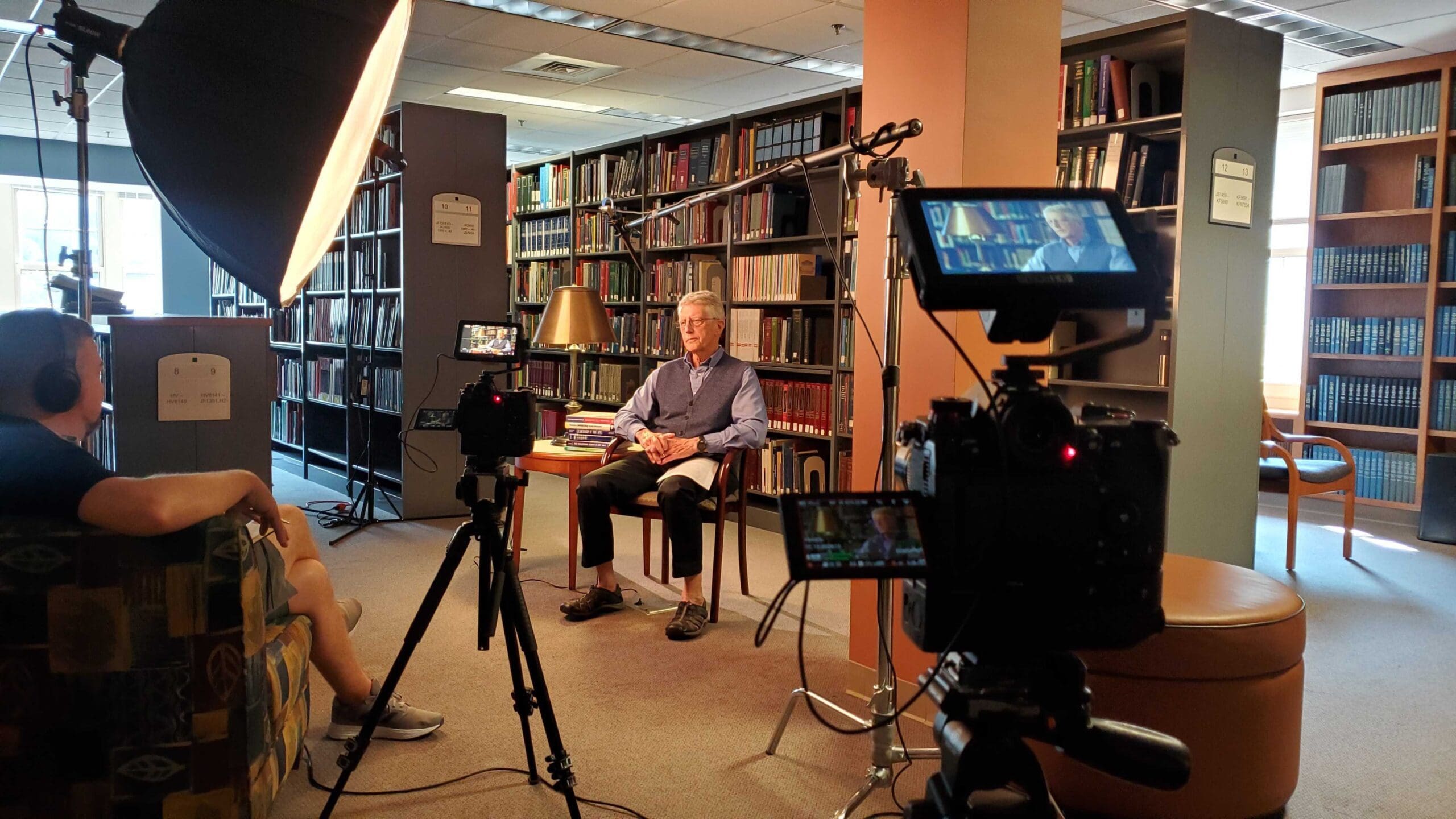Who knew there were so many different ways to tell a story? I’m not talking audio vs. visual, digital vs. film or even photography vs. video. I’m talking just film editing—more specifically, cutting and transitioning between shots. It seems like a small speck in the grand scheme of making a film, but it can entirely alter the way your viewers process the story you’re telling.
Starting out in video, you probably stuck with some of the basic techniques to show how pieces of footage relate to one another. “The cut” is probably one of them, which, quite simply, is just going from one shot to another. It’s nothing to look down upon, but it’s nothing fancy either. Once you’ve gotten your feet wet in the filmmaking world, you can tap into an entire library of cuts and transitions that can bolster your story.
Take “the cut away,” for example, that can be used to visualize what could be going on inside your film subject’s head, or “the cross cut,” which cuts back and forth between two different scenes and, when used correctly, can really amp up the tension you’re trying to create (like a soon-to-be-wed couple’s first look, or the groom waiting for the bride to walk down the aisle). The “L cut” and “J cut” are two particularly cinematic edits to meld scenes together, and if you really want to get experimental, you could try the “match J cut” or the “cross-cutting cut away,” or the “cross-cutting match cut.”
Can’t quite picture all of these terms yet? Here, the people at RocketJump Film School break down all (or most) of these cuts and transitions for you, using scenes from well-known films to show you exactly what these look like, and what kind of mood each edit can create.





